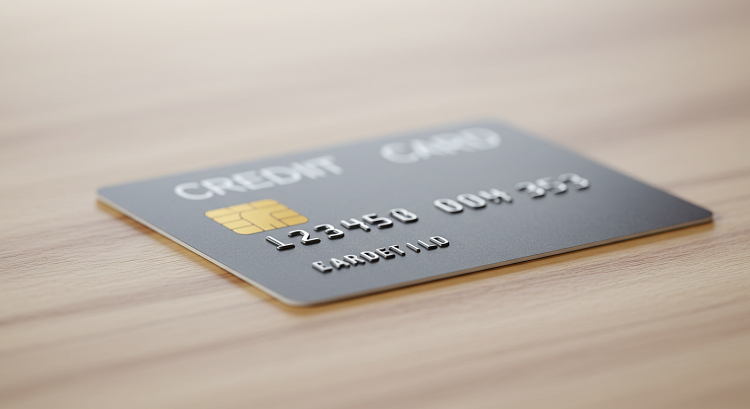Everywhere you look—cafés, fuel pumps, online checkouts—people now tap or scan instead of swiping or inserting their cards. This quiet shift to contactless payments is reshaping the role of credit cards in daily life. Speed, safety, and seamless digital links have turned a simple piece of plastic into a smart tool that lives on your phone as much as in your wallet.
Table of Contents
A Basic Understanding of Contactless Payments
Contactless technology lets you pay by holding a card or phone near a reader that uses Near Field Communication. No signature, no PIN on small amounts, and almost no waiting. When this ease combines with India’s Unified Payments Interface, or UPI, the result is a payment method that is both quick and broadly accepted.
Credit cards have joined this movement through UPI credit cards that link the traditional credit line to UPI handles and QR codes. That link is driving much of the change we see today.
The Rise of Tap-and-Scan Culture
Freedom of the Virtual Wallet
Many users now carry a virtual RuPay Credit Card stored in their mobile wallets rather than a physical card. The card details sit safely behind biometrics yet still unlock the full credit limit at checkout. Because a virtual card can be issued in minutes, the barrier to ownership shrinks, and so does the wait between approval and first use.
The FIRST EARN card by IDFC FIRST Bank shows how far this model has come. It is a cashback credit card that welcomes newcomers with no prior borrowing track record—deposit a fixed sum with the bank, receive instant approval, and start spending from your phone. Since the card is virtual from day one, you simply open a payment app, scan a code, and the transaction posts to your credit account.
UPI Credit Cards Bridge the Gap
UPI once belonged almost entirely to bank accounts, but linking a RuPay Credit Card to your UPI ID combines the convenience of scan-and-pay with the rewards of credit. Setting it up is simple:
- Open the credit-card section of your mobile banking app.
- Tap “card details,” note the last six digits and expiry.
- Add those details inside your chosen UPI app and verify with an OTP.
From that point, every QR purchase earns the same points or cashback as a traditional swipe, yet settles instantly through UPI rails. For merchants, the flow is familiar, so acceptance is wide; for cardholders, there is no need to pull out a wallet.
Security and Speed Combined
Contactless transactions limit exposure of card numbers. A dynamic token substitutes real data, adding a layer of safety. Because you never hand over a card or share full details, the risk of skimming falls sharply. Meanwhile, payment confirmation appears on-screen almost at once, slashing queue time and reducing errors at the till.
Rewards That Match Modern Spending
Metal cards once symbolised prestige, but today most consumers want value from everyday purchases. A product like FIRST EARN gives one per cent cashback on each UPI spend made through the bank’s app, with partial rewards on other platforms as well. Since the average person scans QR codes for groceries, deliveries, even salon bills, cashback totals grow fast without extra effort.
For new users, the appeal is stronger: no credit history needed, low joining cost, and a card that “goes wherever your smartphone goes.” Add reward milestones—such as bonus points for every ₹5,000 spent in a statement cycle—and the link between contactless use and tangible benefit is clear.
Conclusion
Contactless payments have moved credit cards from pocket to palm. Virtual issuance, UPI integration, and real-time rewards create an ecosystem where convenience meets responsible credit. Whether through a virtual rupay credit card or a fully featured solution like FIRST EARN, the modern RuPay Credit Card is more than a means to pay—it is a tool that fits the fast, digital rhythm of daily life while quietly earning value back on every tap and scan.

